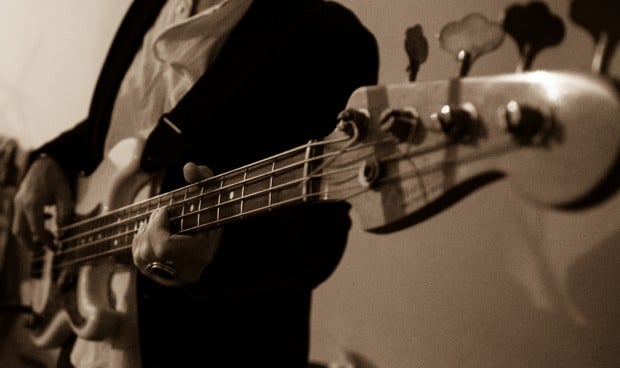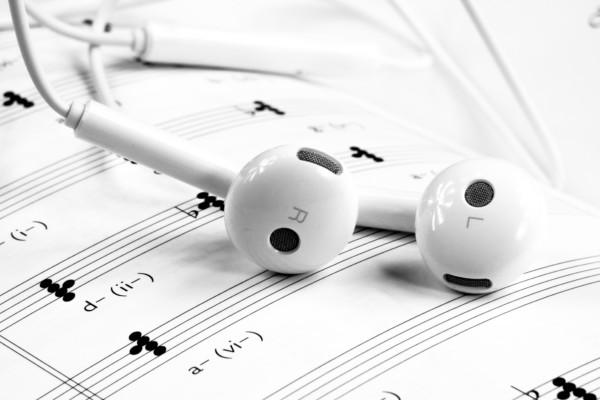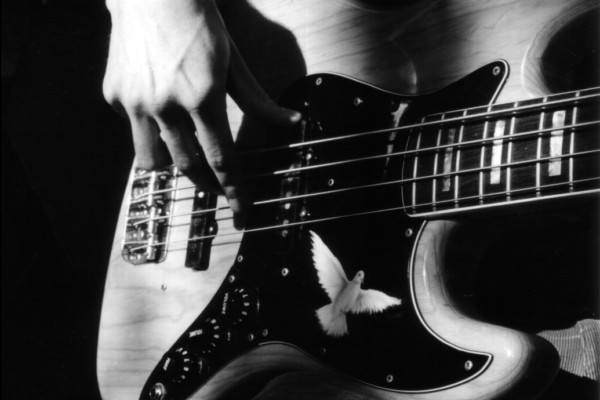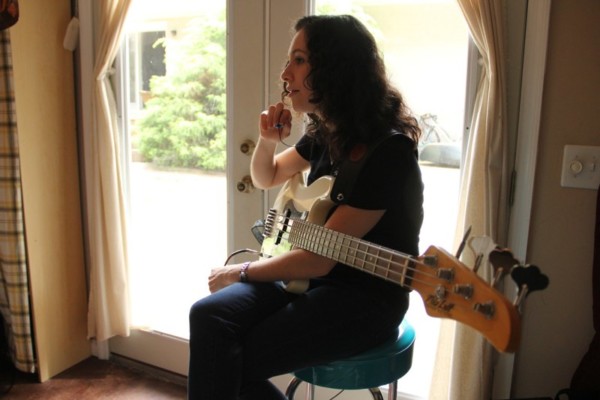How To Learn Difficult Bass Parts

Q: I would like to know what is the best way to approach and learn difficult bass parts, for example if I decide to try to figure out the bass solo to Stanley Clarke’s “School days”.
A: The best way I’ve found to tackle difficult lines is a three-fold process.
1. Get it in your ears.
Put the bass down and listen to the song repeatedly until you can sing it (or a basic versions of it) out loud along with the recording. Truly being able to hear something before you even worry about playing it can be immensely helpful.
2. Break it into parts.
Take each small section, maybe as many as four bars or as few as one, and work each part of the puzzle until it’s under your fingers fairly well before moving on to the next section.
3. Slow it way down.
You don’t necessarily have to put it in a “slow-downer” app, but practice each section slowly, assuring that you are using an efficient fingering and hand position, as well as articulating each note and phrase the way you intend to. Practicing things faster than we can play them only leads to a level of slop. If you internalize slop, it is that much harder to retrain your muscles to do things properly.
If you can pick out each passage in real time and then slow it down in the shed to get it under your fingers properly, that’s great. If it is too fast to hear and dissect, note for note, put it in a slow-downer and make sure that you are grabbing the right notes. Play along with the recording at slow speeds, as slowly as is necessary to play it properly and cleanly. Only speed things up once you can make it through the passage succesfully a few times.
Take your time! There is no finish line or time crunch. Use the time to do it properly and the end result will be much, much cleaner and satisfying. You’ll also get more out of the exercise technically speaking.
Taking a thoughtful approach to transcription (including really looking at what was played over what chord and trying to visualize the thinking behind the note choices) pays off in more ways that just the satisfaction of being able to play something you think is cool. Ear training, fretboard awareness, thoughtful exploration of possible fingerings and plucking patterns, tone articulation… Emulation is a part of how we learn to make actual music and go beyond putting the right notes in the right places.
Take it slow, work it in bite sized chunks, and be patient. The fruits of your labors will make themselves apparent quicker than you might think!
Have a question for Damian Erskine? Send it to [email protected]. Check out Damian’s instructional books, Right Hand Drive and The Improviser’s Path.



